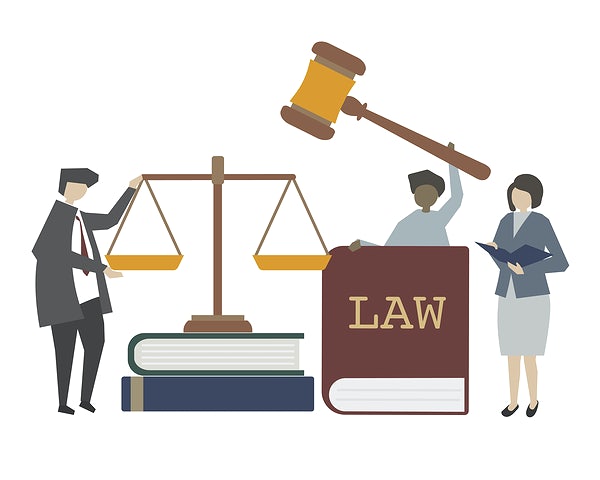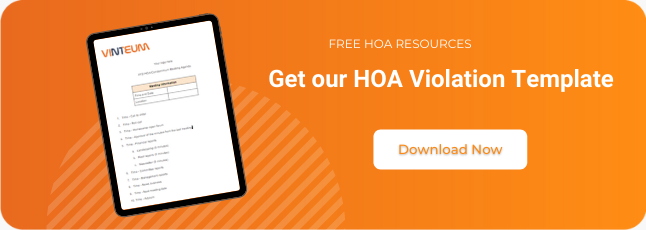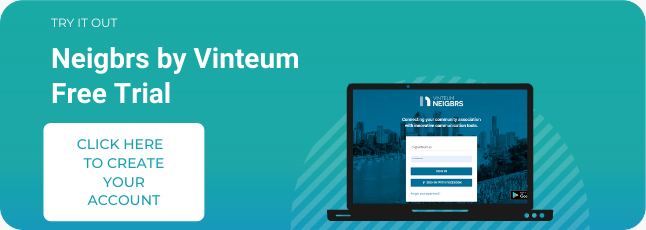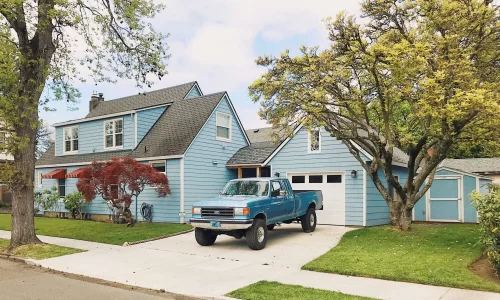HOA violations are difficult to deal with for board members and community association managers. They cause a lot of frustrations within community associations. Find out what the most common violations are and follow our 4 tips to reduce violations in your homeowners association.
The 6 Most Common HOA Violations
Violations happen in community associations, discover the six most common rule violations so that boards can work to prevent them using our 5 tips below.
1 – Landscaping
HOA members need to keep their lawns trimmed and without any weeds to ensure your community looks clean and tidy. Some community associations even have guidelines for what plants to have in front gardens.
2 – Parking
In each house’s driveway,there are normally cars, but normally RVs, boats and commercial vehicles (eg trucks) aren’t allowed. Having speed limits and parking rules are also common.
3 – Pets
How many pets HOA members are allowed, if they’re allowed off leash and picking up after them are very common rules that get broken a lot.
4 – Architectural Changes
When owners make changes to their homes, they need to apply for permission first. Most HOAs have an Architectural Review Committee who review all applications and decide whether they are within the rules.
5 – Noise
Living in a neighborhood, hearing noise from your neighbors is normal. To help community living, there are often rules around when you have to keep the noise down.
6 – Holiday Decorations
What holiday decorations are allowed up for each different holiday, and how long they can be up for are common rules, which residents often violate.
5 Tips to reduce HOA violations
The board and community manager can work together to reduce violations through communication, fairly enforcing rules and using HOA software
1. Communication reduces violations
In fact, the best way to deal with HOA violations is to prevent them from happening. Communication is the best way to reduce them. So, make sure you communicate regularly with your residents. There is no such thing as sharing too much information. People have busy lives and tend to forget. New residents may also be overwhelmed by the amount of information when they arrive, so a little refresher will always be welcomed. For example, you can send friendly reminders on specific holidays where violations usually happen.
2. Creating a FAQ clears confusion
Well, repeating the same thing over and over again to confused and angry residents is a stressful task. Most residents’ reaction to a violation notice is “What, but I didn’t know”. This situation could be avoided if you would draft an HOA violation FAQs. Draft all the questions you remember having received and write the responses. Create a nice document where you will include all questions and answers. You can share it whenever you feel it’s needed, and put it somewhere that all residents can access it.
3. Follow up with residents
If the violation could not be prevented, there is still a way to make sure it doesn’t escalate. So communication is still very important. The first step is to notify the resident who committed the violation. The notice should be written in a nice and respectful “tone” and include these factors: the rule that was broken, date/place/situation, date by which it has to be corrected. It is important to send a written notice (electronic or via mail) but making a phone call before or after sending out the notice could also be a good way to ease up the situation.
4. Enforce the rules fairly
Residents will start to feel frustrated when they feel that the board isn’t being fair. You need to follow the CC&Rs and make sure that the penalties are applied equally to everyone that commits violations. This is the best way to avoid frustrations and avoid the board being unpopular.
5. Software can track and manage HOA violations
Dealing with HOA violations is a time-consuming process. Thankfully, HOA software exist to make this process digital. This would allow you to address issues faster.
You can also reply to residents’ questions, post the violations FAQs, and send deadline notifications. Some software even provide violation tracking features. Others focus on board and residents communication. Either way, this will make your life easier. Just make sure that your states allow digital notifications for HOA violations. If not, nothing prevents you from doing both, sending a mail and a digital notice. This way, you make sure the resident got the message.
Conclusion
In order to ensure your community satisfaction and happiness, rules must be endorsed and respected. Regular communication will reduce the number of violations within your HOA. Create an HOA violation FAQ and post it on your website. When violations do happen, having good follow-up via mail and email. Providing an HOA violations FAQs to your community will be a benefit to you and your residents.
If you’d like to try an award-winning HOA communication software, start your 14 day free trial of Neigbrs by Vinteum.











0 Responses